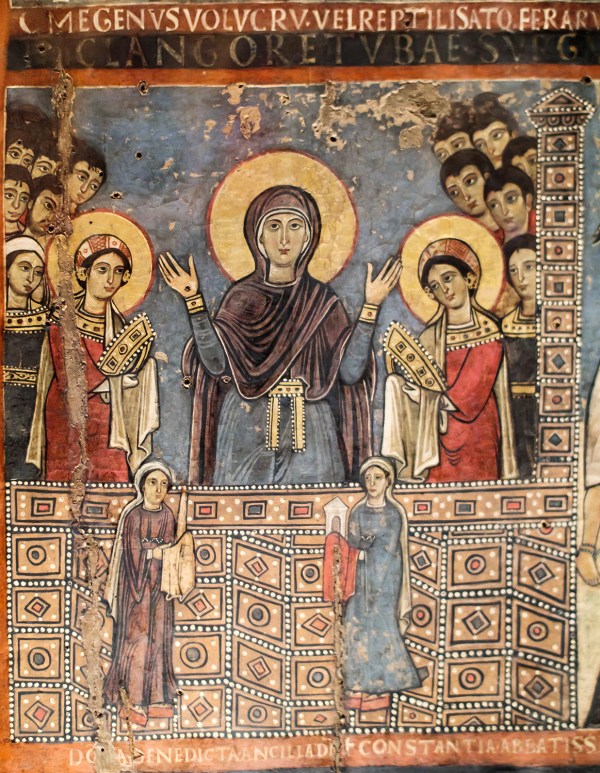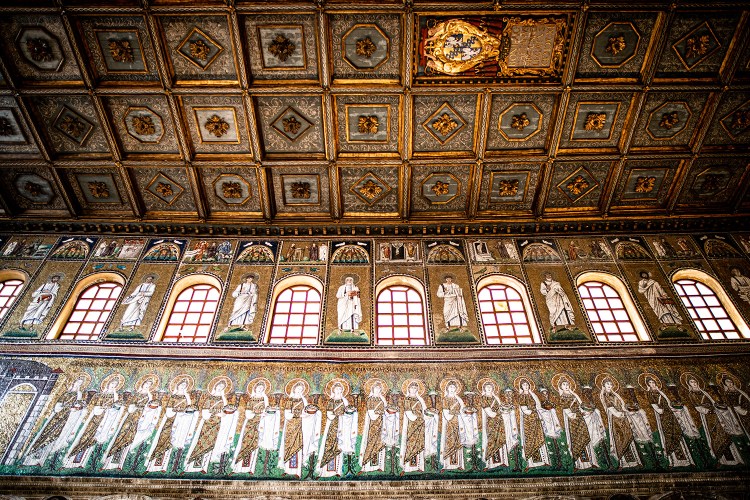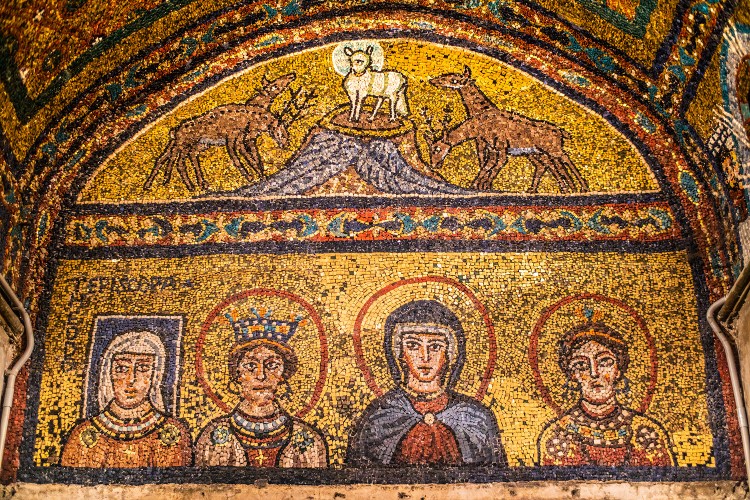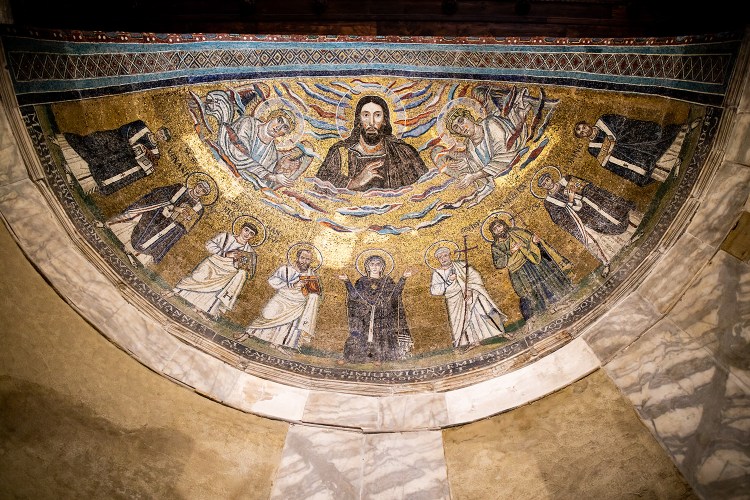The Bible tells us of the important place of women in the early church. Women were the first to reach the empty tomb and to proclaim the Resurrection (Matt. 28:1–10; Mark 16:1–8; Luke 23:55–24:10; John 20:1–2, 11–18). They contended for the gospel alongside Paul (Phil. 4:2–3), taught new converts (Acts 18:24–28), prophesied (Acts 21:9), had churches in their homes (Acts 16:14–15, 40; 1 Cor. 16:19), served the church (Rom. 16:1), delivered Paul’s epistles (v. 2), and were considered “outstanding among the apostles” (v. 7).
There is also a lesser-known visual record of women in ministry in Italy’s oldest churches. From around the time of the First Council of Nicaea down to the 12th century, Christians created depictions of women preaching, women marked as clergy, and even one carrying a Communion chalice, with which believers have always recalled Christ’s words “This is my blood of the covenant, which is poured out for many for the forgiveness of sins” (Matt. 26:28).
Radha Vyas, a photographer and a student at Dallas Theological Seminary, takes us on a tour of this artistic record of women in ministry.
 Photography by Radha Vyas
Photography by Radha Vyas Photography by Radha Vyas
Photography by Radha Vyas Photography by Radha Vyas
Photography by Radha Vyas Photography by Radha Vyas
Photography by Radha Vyas













